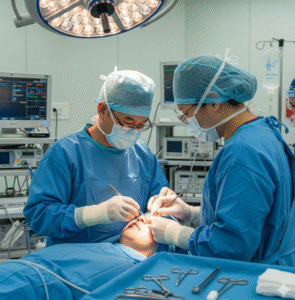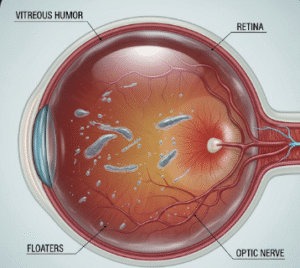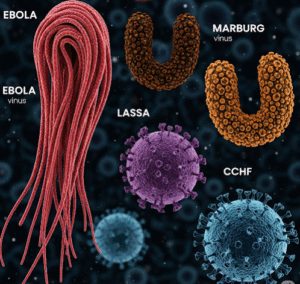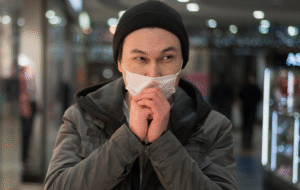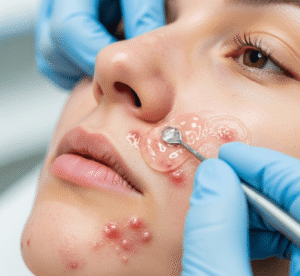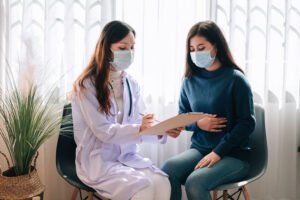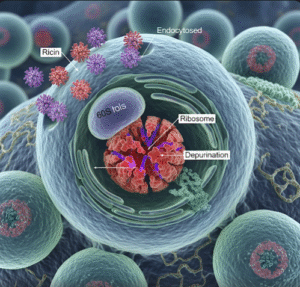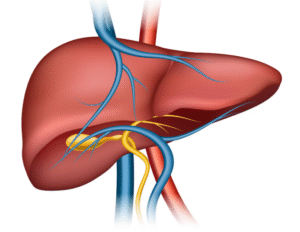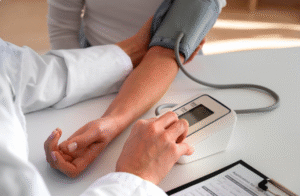Overview
A synovial fluid leak occurs when the lubricating fluid produced by a joint’s synovial membrane escapes the joint capsule into surrounding tissues or out through a wound or sinus tract. Leaks can result from trauma, joint surgery, degenerative tears, or inflammatory disease and may cause swelling, pain, or a persistent drainage tract. In Korea, diagnosis and management are provided by orthopedics, rheumatology, and specialized sports-medicine clinics using modern imaging and minimally invasive techniques.
What is a Synovial Fluid Leak?
Synovial fluid is the viscous fluid within synovial joints that reduces friction and nourishes cartilage. A synovial fluid leak (also called a synovial fistula, joint effusion leak, or wound leak) happens when joint capsule integrity is breached and fluid tracks into soft tissues or outside the body. Common forms include post-operative joint wound drainage, traumatic capsular tears with surrounding fluid collection, and ganglion or bursae communicating with a joint.
Symptoms
- Localized swelling or fluctuant cyst near a joint (e.g., knee, wrist, ankle)
- Clear, watery drainage from a surgical wound or sinus tract
- Joint stiffness and reduced range of motion
- Pain or discomfort, particularly with movement or weight-bearing
- Recurrent effusion (joint refilling after aspiration)
- Visible lump that may fluctuate in size with activity
- Signs of infection if the leak is contaminated (redness, fever, purulent drainage)
Causes
- Traumatic injury causing capsular or tendon sheath tears
- Postoperative wound dehiscence after arthroplasty or arthroscopy
- Meniscal or ligament tears communicating with the joint (e.g., Baker’s cyst communicating with knee)
- Repetitive microtrauma and degenerative joint disease
- Chronic inflammatory conditions (rheumatoid arthritis) producing large effusions that eventually rupture a weak capsule
- Iatrogenic causes (surgical drains, needle aspiration with persistent tract)
Risk Factors
- Recent joint surgery (knee, shoulder, hip)
- Major trauma or penetrating injuries around a joint
- Active inflammatory arthritis or severe osteoarthritis
- Use of anticoagulants (may enlarge effusions)
- Poor wound healing (diabetes, smoking, malnutrition)
- Prior joint injections or repeated aspirations at the same site
Complications
- Recurrent joint effusion and persistent swelling
- Secondary infection (septic arthritis or wound infection)
- Formation of sinus tracts or chronic draining wounds
- Soft-tissue damage or decreased joint function due to prolonged leakage
- Need for repeated procedures or revision surgery
- Delayed rehabilitation and prolonged recovery after joint surgery
Prevention
- Meticulous surgical technique and secure wound closure after joint operations
- Timely control of postoperative bleeding and effusion (drain management when indicated)
- Good glycemic control, smoking cessation, and nutrition to improve wound healing
- Proper protection after acute joint trauma and early orthopedic assessment
- Prompt treatment of large joint effusions (aspiration + appropriate therapy) in inflammatory disease to avoid capsule rupture
- Use of compression and immobilization when clinically appropriate after injury
Treatment Options in Korea
1. Diagnosis
- Clinical exam (inspection for drainage, palpation for fluctuant collections)
- Ultrasound: quick bedside assessment of fluid collections and guidance for aspiration
- MRI: gold standard for detecting capsular tears, communicating cysts, and intra-articular pathology
- Arthrocentesis: aspiration of fluid for analysis (clarity, cell count, crystals, culture)
- Wound swab & culture if drainage present to rule out infection
- Lab tests: CBC, CRP, ESR when infection suspected
2. Conservative Management
- Compression, rest, elevation and activity modification for small, non-infected leaks
- Rehabilitation: targeted physiotherapy to reduce joint stress and restore strength/ROM
- Repeat aspiration for symptomatic effusion (with sterile technique)
- Temporary immobilization (splint, brace) to allow capsular healing in selected cases
3. Medical Treatment
- Antibiotics when bacterial infection is confirmed or strongly suspected (guided by cultures)
- Anti-inflammatories (NSAIDs) and intra-articular corticosteroid in select inflammatory situations (with caution if leak/tracking present)
- Management of underlying systemic disease (e.g., disease-modifying drugs for rheumatoid arthritis)
4. Interventional & Surgical Options
- Image-guided aspiration + sclerotherapy: for some recurrent cystic collections (limited indications)
- Arthroscopic repair: treat meniscal, labral, or capsular tears and close the communication—minimally invasive and commonly used in Korea’s orthopedic centers
- Excision of synovial cyst / ganglion and closure of the joint communication when present
- Primary wound revision and layered closure for postoperative wound leaks; may include negative-pressure wound therapy (VAC) for persistent drainage
- Revision arthroplasty or debridement if prosthetic joint involvement or infection is present
- Placement/removal of drains and management in hospital settings when needed


